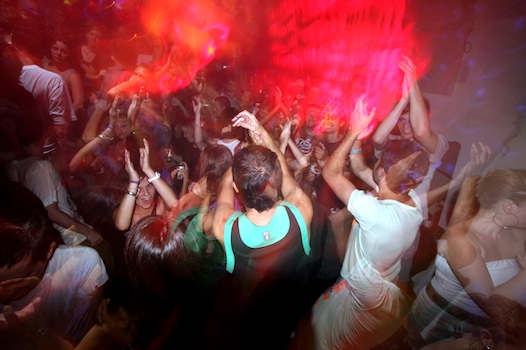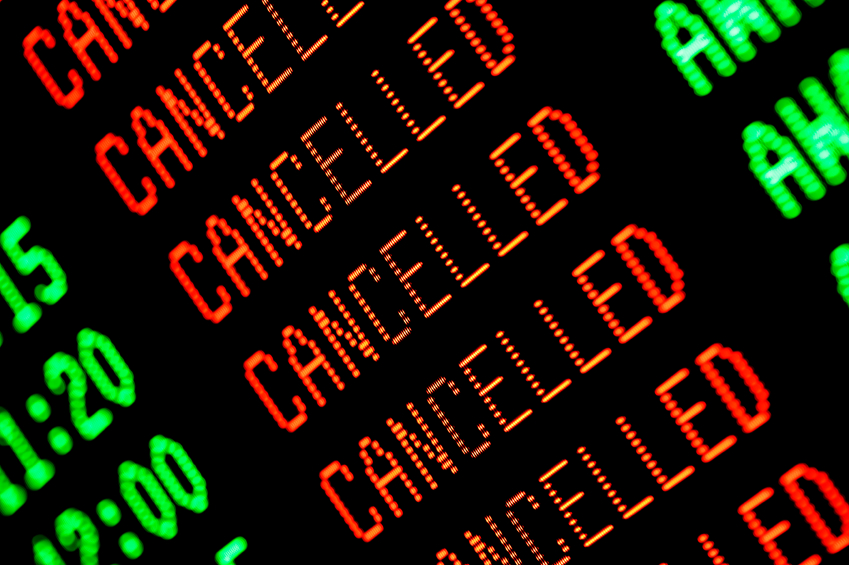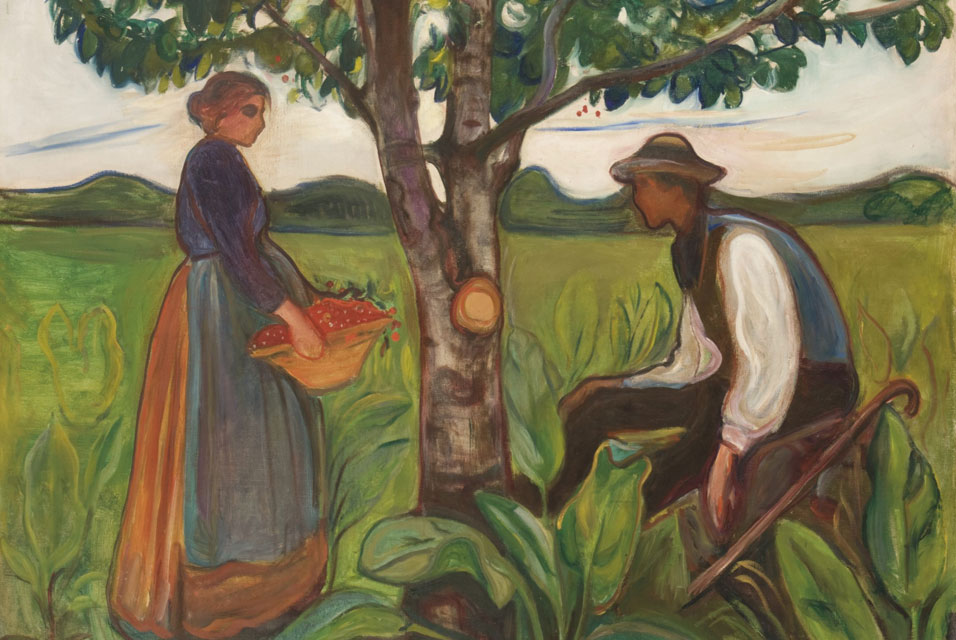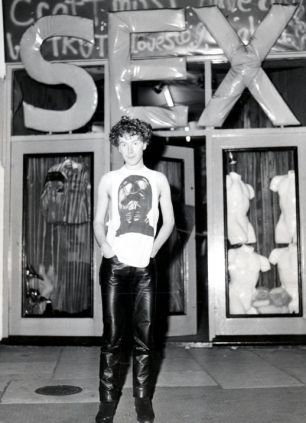
Zizek Club, Buenos Aires, Argentina
Cumbia was born when Guinean slaves brought cumbe folk music to Colombia from Africa in the 17th century. Since then it’s migrated throughout Latin America, and today cumbia’s folkier variants are the de facto soundtrack of Mexico and Peru. But in Buenos Aires cumbia has taken a different direction. In the 1980s, synthesizers sent the sound to the club, and today the new cumbia is the dominant dance music in Buenos Aires from cumbia villera — the genre’s gangster rap — to newer funky styles. Check out how.
Step 1 Get Dirty: Damas Gratis
Cumbia goes gangster when Damas Gratis introduces cumbia villera, “shantytown cumbia” in 2000. Like its distant cousin gangster rap, the sound glorifies sex, drugs and violence.
Step 2 Get Funky: El Hijo de la Cumbia
Artists such as El Hijo de la Cumbia take the roots of cumbia and mix in reggae and hip-hop to create a danceable sound with a widespread appeal.
Step 3 Get Weird: Chancha via Circuito
Things get experimental with acts like Chancha via Circuito, who mixes traditional Andean music and minimalist electronic sounds.
Image courtesy of ZZK Records and Club Zizek, our favorite spot for new cumbia in Buenos Aires. Check back for more on ZZK coming soon to Museyon.
 MUSEYON BOOKS Smart City Guides for Travel, History, Art and Film Lovers
MUSEYON BOOKS Smart City Guides for Travel, History, Art and Film Lovers


